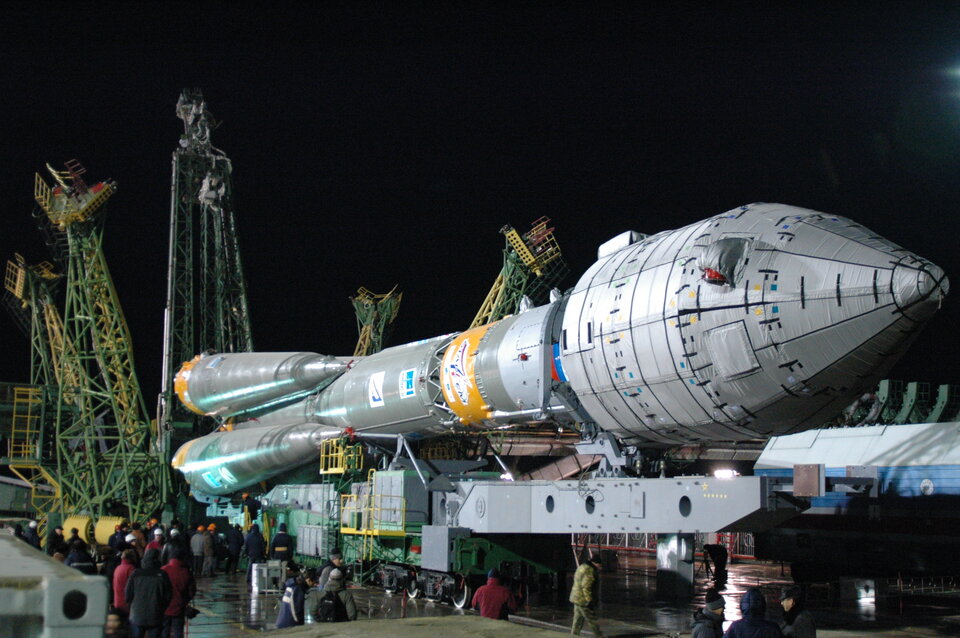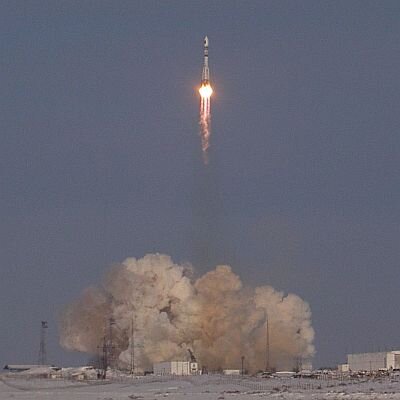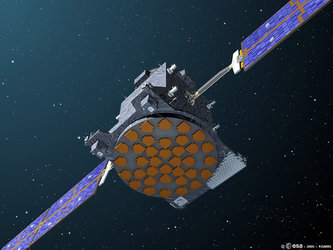Europe’s navigation pioneer GIOVE-A celebrates sixth birthday in space
GIOVE-A, ESA’s prototype navigation satellite, remains operational after six years in space.
Its flight paved the way for Europe’s Galileo satellites, the first two of which joined GIOVE-A in medium-Earth orbit on 21 October this year.
The first ‘Galileo In-Orbit Validation Element’, GIOVE-A, was launched on 28 December 2005 by a Soyuz rocket from Baikonur in Kazakhstan, carrying a prototype rubidium atomic clock destined for the Galileo constellation.
GIOVE-A had a multiple role in advancing the Galileo programme: besides flight-testing hardware it also secured the radio frequencies provisionally allocated to Galileo by the International Telecommunications Union and performed testing of the medium-Earth orbit radiation environment.
It was joined by GIOVE-B on 27 April 2008, which was equipped with an ultra-precise passive hydrogen maser atomic clock as well as a second rubidium atomic clock. Galileo satellites carry both clock designs for maximum reliability.

The GIOVE missions showed both clock designs performed well in orbit and were resistant against the radiation prevailing at these altitudes. The two satellites each had a lifetime of 27 months, so for GIOVE-A to remain operational after 72 months in orbit is impressive. GIOVE-B also remains operational.
This longevity is partly the result of a relatively tranquil solar cycle leading to decreased radiation exposure, as well as design margins built into the satellites. GIOVE-A was constructed by Surrey Satellite Technology Ltd of the UK while GIOVE-B was the work of a consortium led by Astrium.

In August 2009, GIOVE-A was moved into a graveyard orbit 300 km above its normal 23 222 km orbit to make way for the Galileo In-Orbit Validation (IOV) satellites, the operational nucleus of the full Galileo constellation. The first two Galileo IOV satellites will be joined in orbit by two more during 2012.
The GIOVE satellites are still doing useful work: they are testbeds for experimentation, and give information on how the functioning of Galileo payloads may evolve over the course of their planned 12-year working lifetimes.









